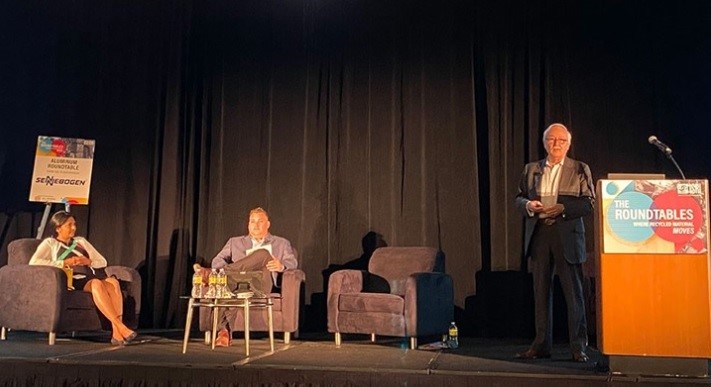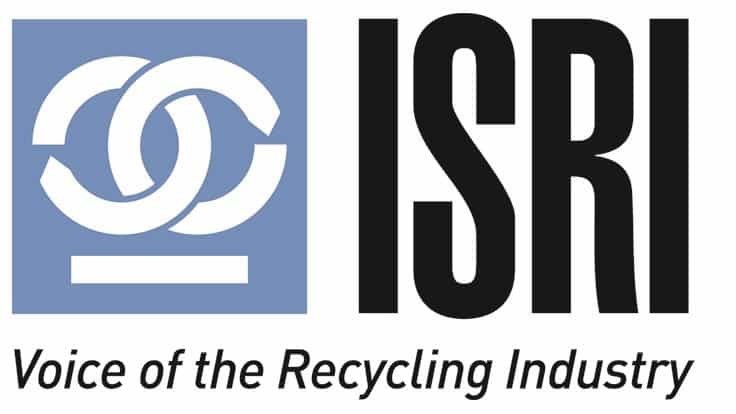

Greg Wittbecker, an advisor to London-based CRU International, reported that aluminium experienced a "marked turnaround in primary demand" since scrap processors and traders gathered in Las Vegas for the Institute of Scrap Recycling Industries (ISRI) Convention & Exposition (ISRI2022) in late March.

He further stated that primary aluminium witnessed massive a 2.2 million tonnes shortage, arguably the most significant deficit in its history. However, on September 16, at the ISRI Commodity Roundtables, Wittbecker stated that the market was now "more or less balanced", noting that consumption growth had been lowered downward in reaction to inflation.
In July, CRU predicted that in 2022, consumption will expand by 1.5 per cent annually, which as of September got reduced to 0.9 per cent. The price prediction for aluminium has also been reduced. In March, CRU predicted that the price of aluminium on the London Metal Exchange (LME) would range from $3,200 to $3,300 per tonne in the second half of 2022. According to Wittbecker's presentation, this has been changed to $2,500 per tonne in response to concerns about a worldwide recession.
“Everybody wants to talk about decarbonizing. I like to remind a lot of the people that aren't that close to our industry that we've been training low-carbon metal for probably 75 years; we’ve just always referred to it as scrap,” commented Wittbecker.

Growth in the need for scrap has continued since March as three new mill projects for the United States have been announced by Novelis, Steel Dynamics Inc. (SDI), and Manna Capital/Ball. These initiatives "will press the issue on UBC [used beverage can] collection," according to Wittbecker, and will also need new strategies for sorting aluminium scrap, such as zorba and twitch, to make greater use of these shredded metal grades.
“Everything kind of flows to what we call the I-65 corridor. If all three of these mills are built, and we see these new standalone cast houses that SDI is thinking of positioning, you're going to be looking at a radically different pattern. This is going to look like the O’Hare air traffic control pattern on a Friday afternoon. You’re going to see some traditional flow paths completely blow up—they're not even going to exist in the future. You're going to see some people completely cut off from traditional sources of supply. We may see West Coast UBCs not even make it back to the Midwest. We're going to see a radical reordering of the flow of the metal and who's going to capture it,” added Wittbecker.
Depending on how the mixed material can be separated into extrusions, sheets, and castings, shredded aluminium from automobiles may be able to fill the gap in scrap supply, he said, pointing out that aluminium makes up nearly 120 pounds of the typical light vehicle in North America in 2012, according to Ducker Worldwide LLC data. The sheet makes up little more than 27 pounds of the total, extrusions 20.5 pounds, and castings 71.6 pounds.
With Astraea, "we could see a new market for zorba," he added, mentioning the proprietary metal purification method created by Pittsburgh-based aluminium manufacturer Alcoa Corp. Wittbecker pointed out that zorba costs more than alumina, which costs $700 per tonne. According to Davis Index, a tonne of zorba 95/2 freight beside a U.S. port cost an average of $1,366 in August.
“We think we could see a modest recovery before the end of the year as people start thinking about the effects of these production curtailments,” Wittbecker said of the LME aluminum price. “We’re not going to get a big lift on the LME going forward, either in the next month or even in the next six months.”
Responses








